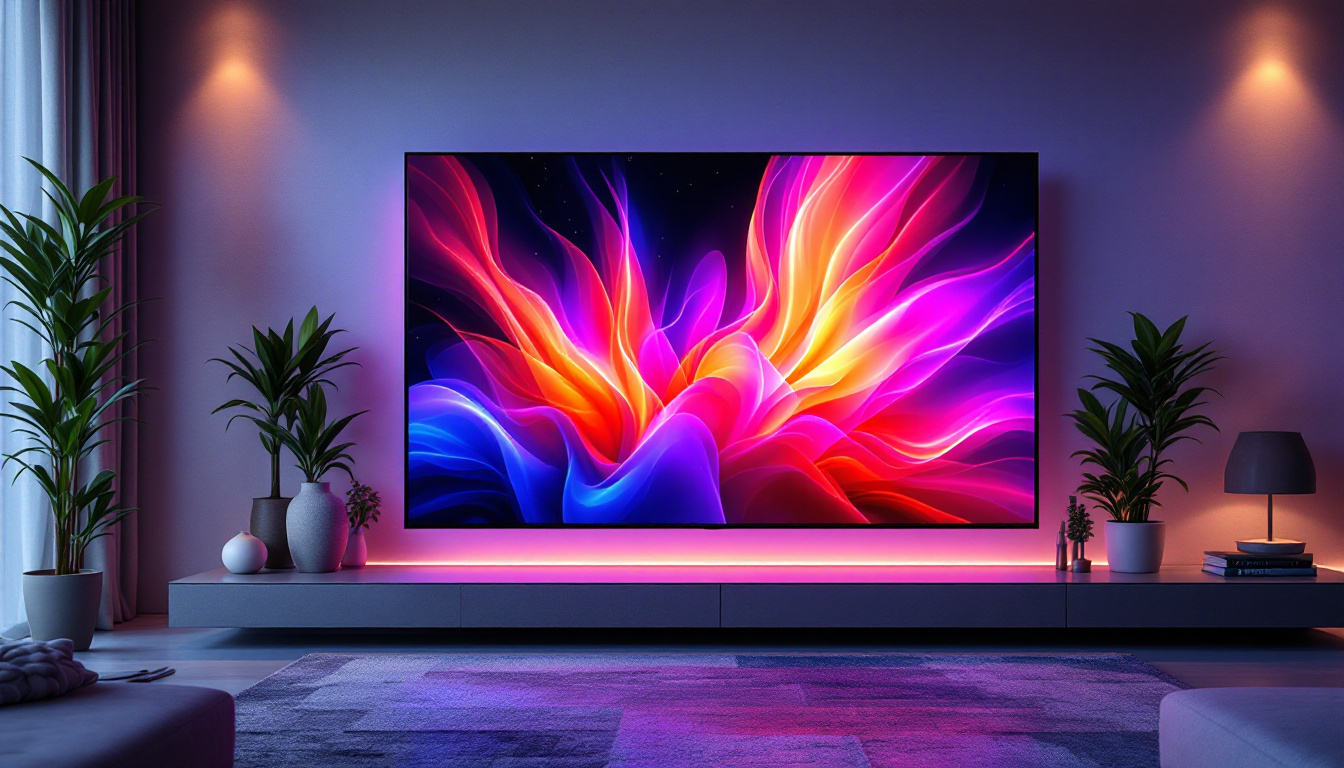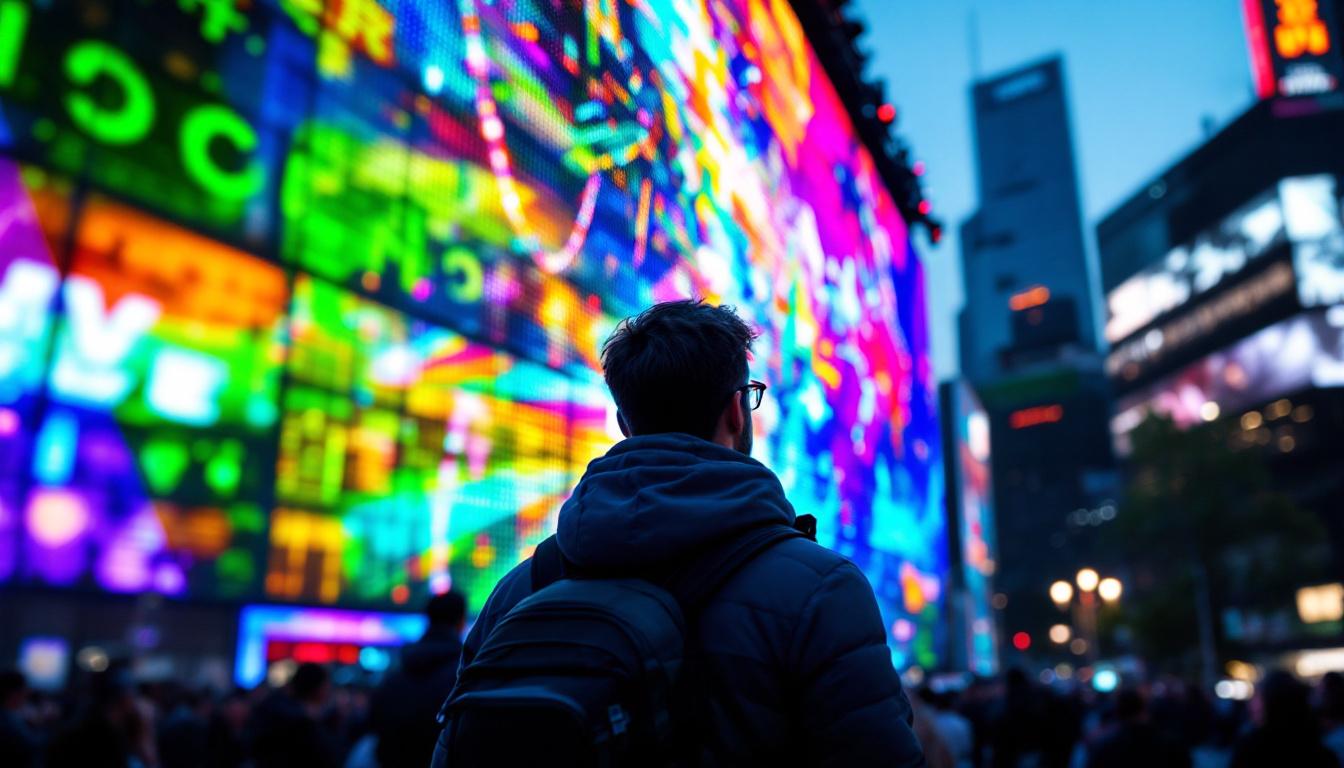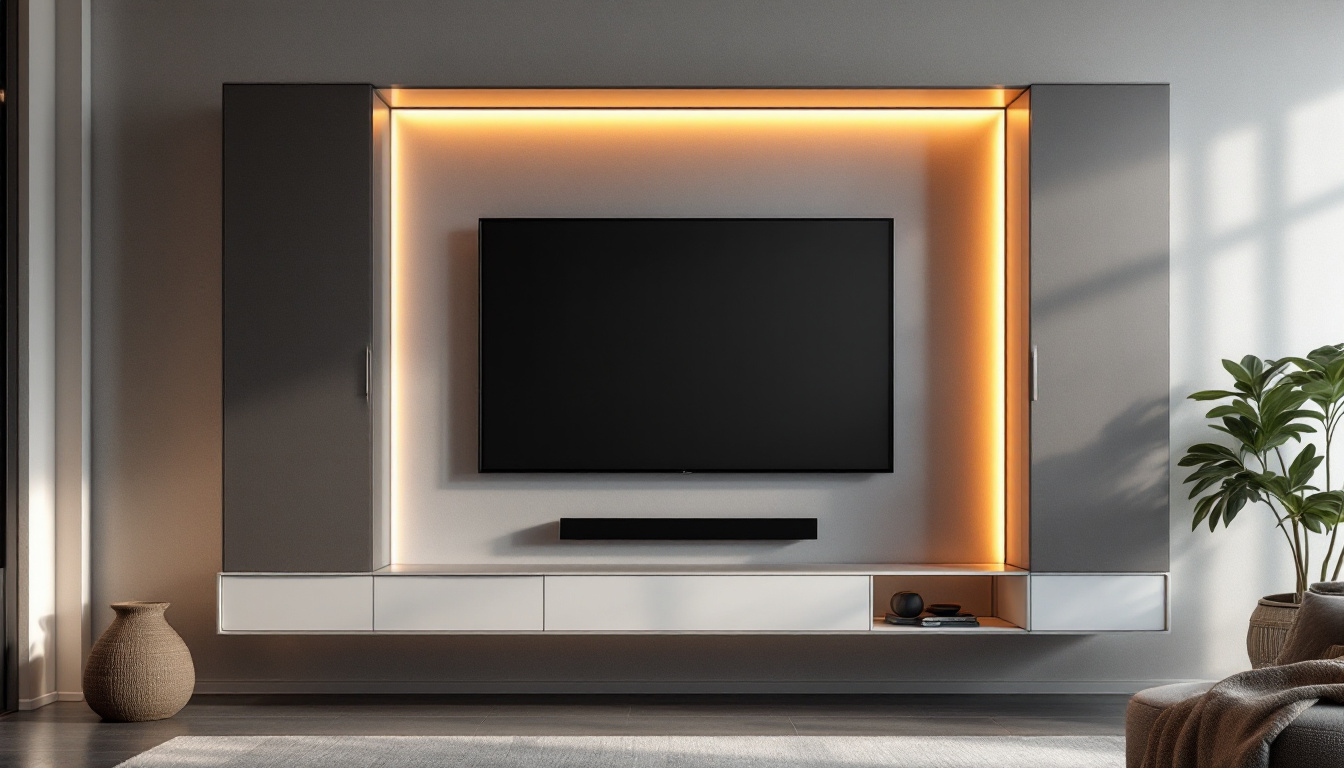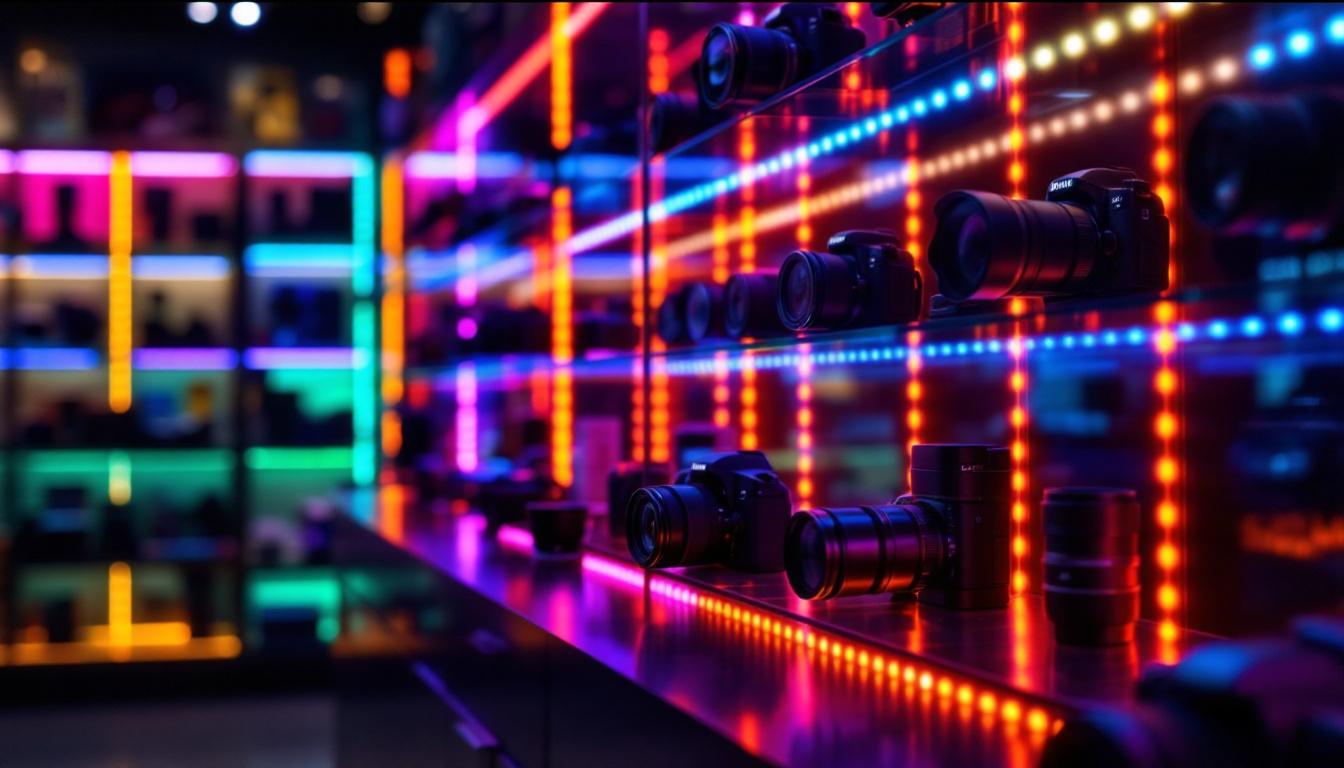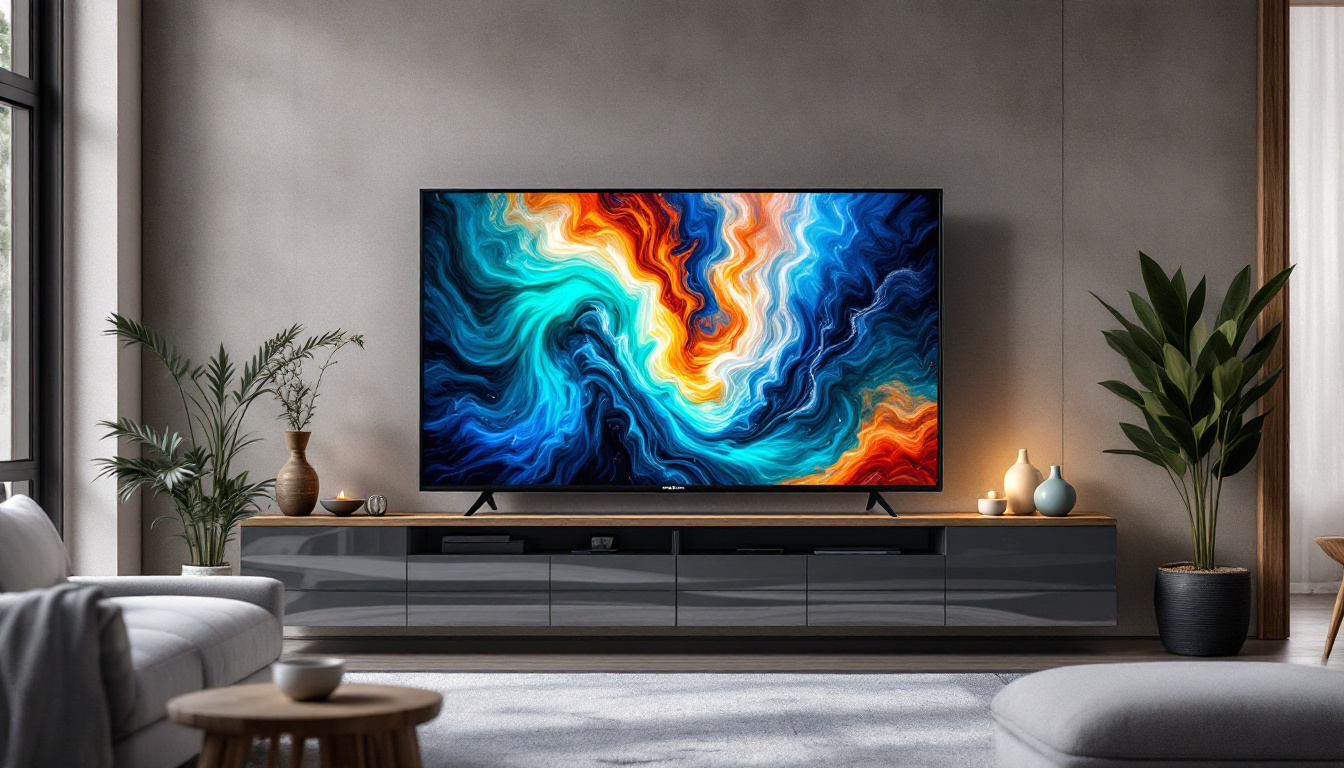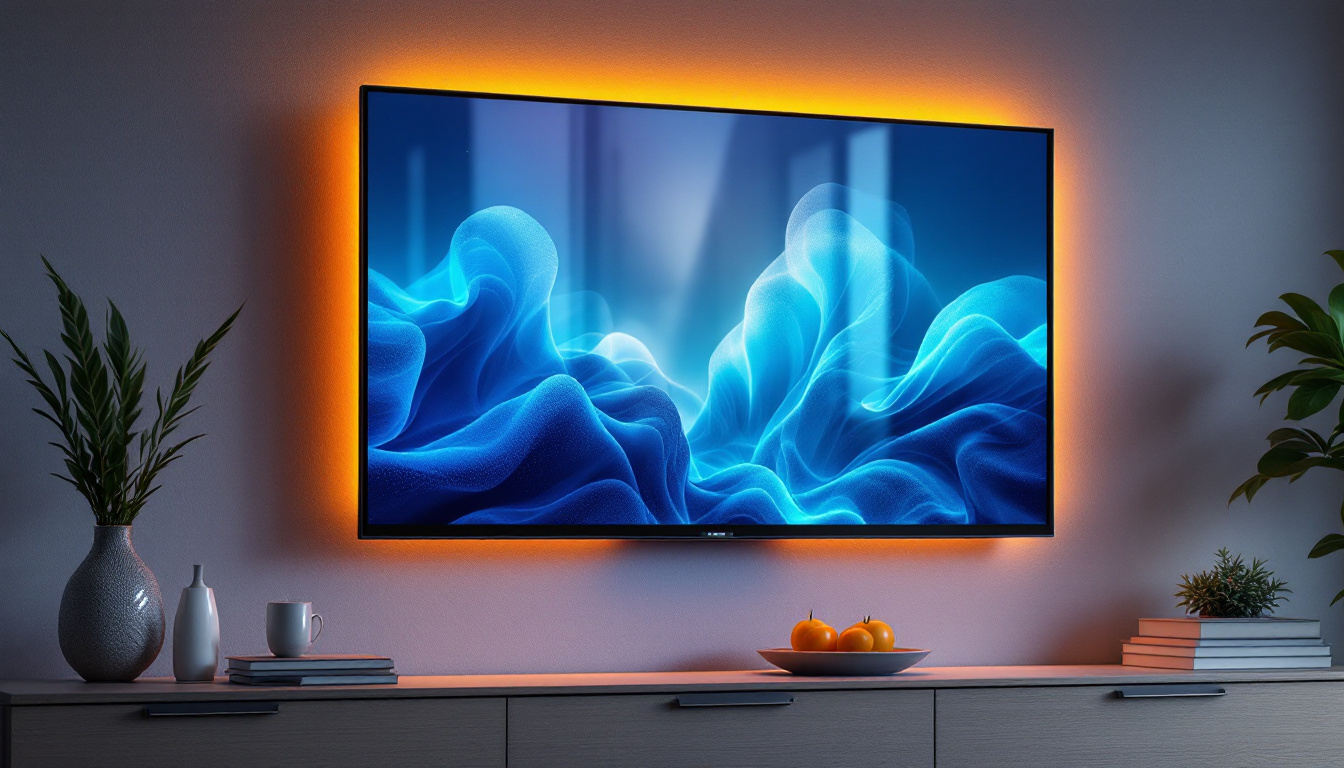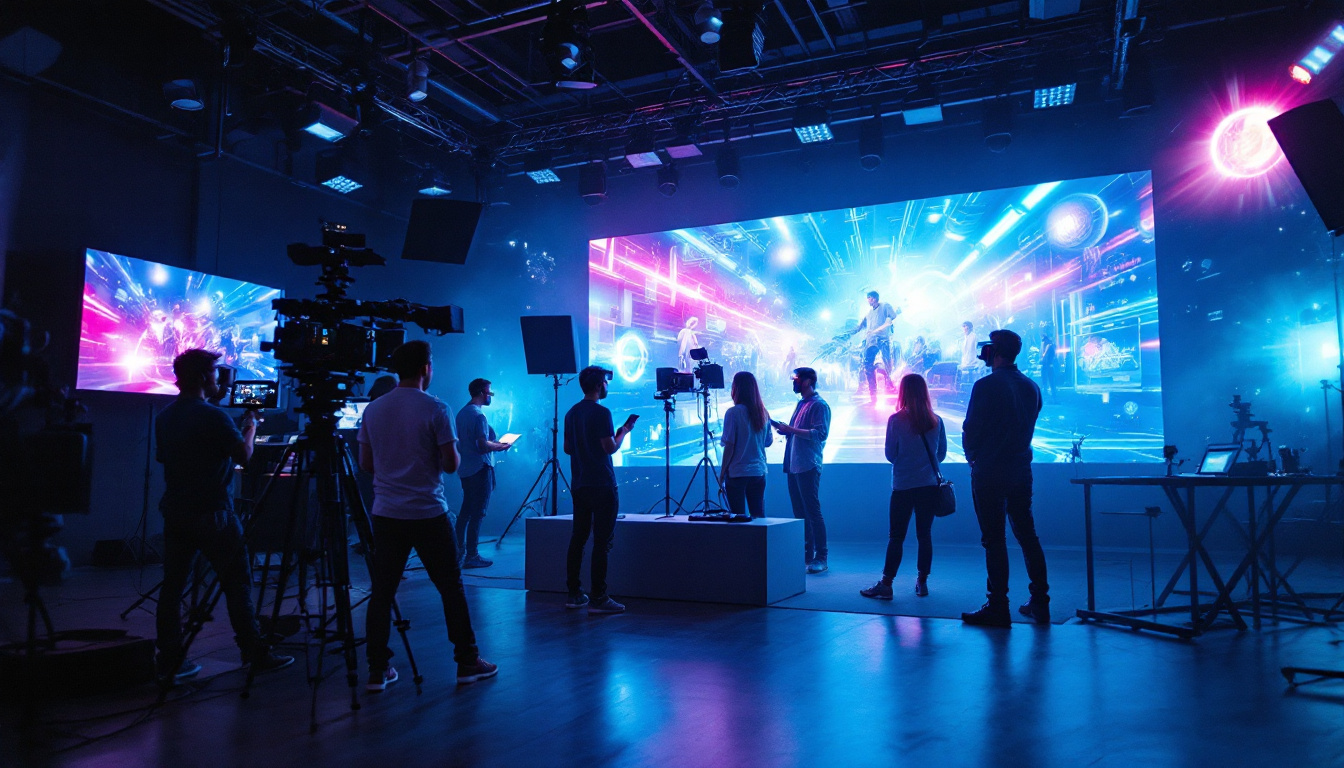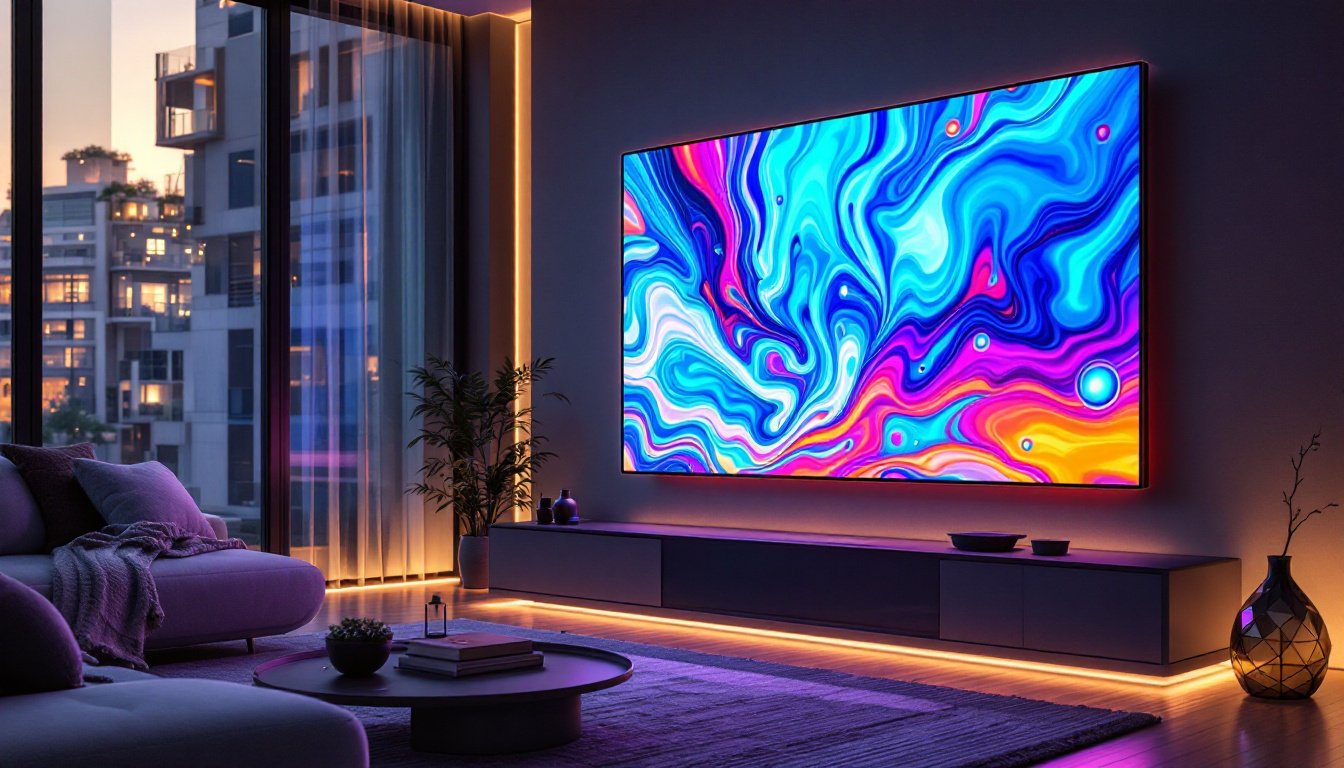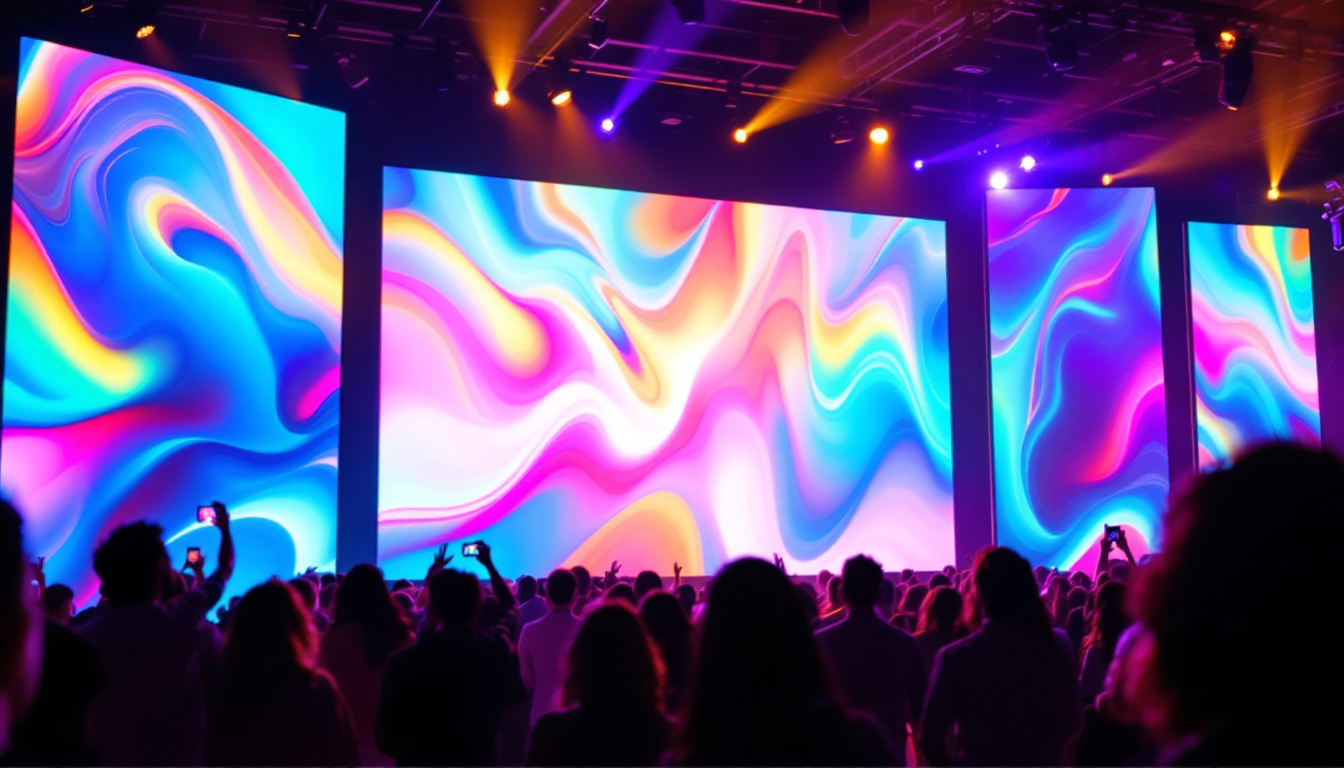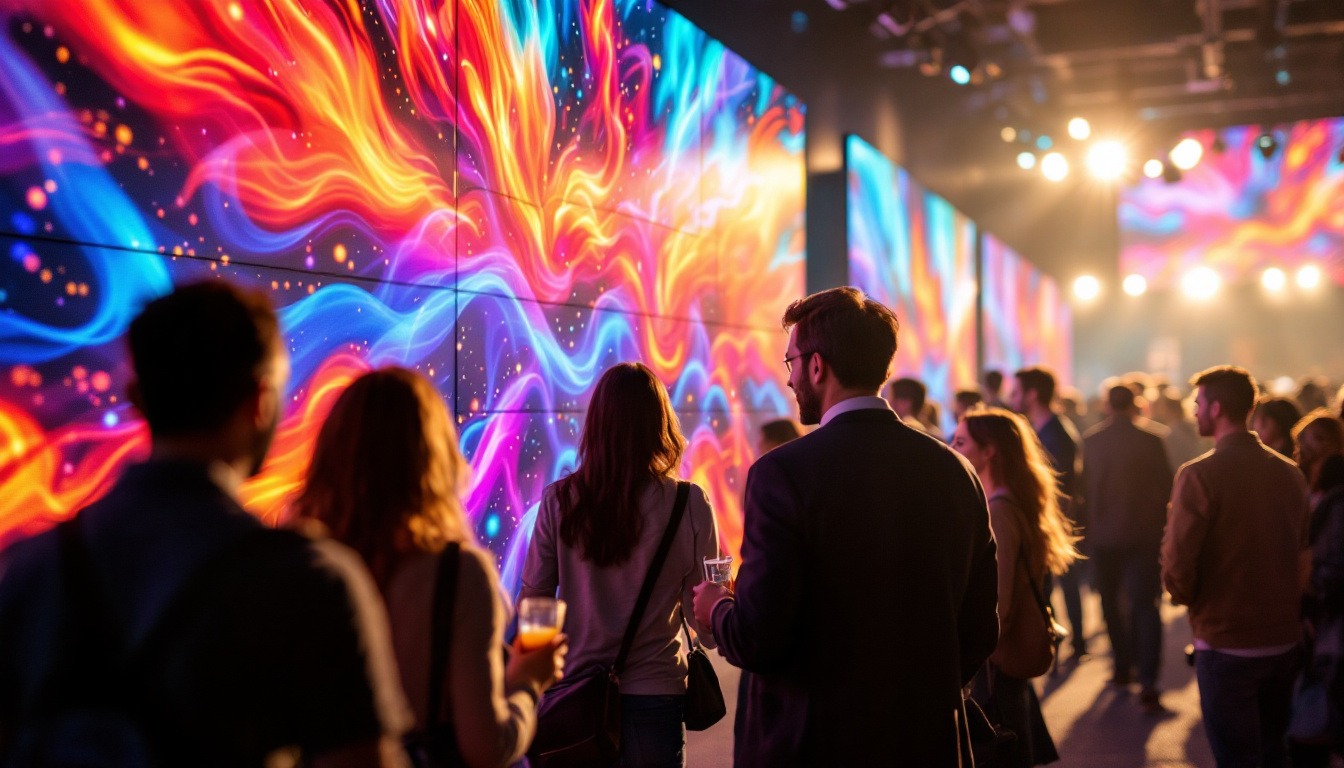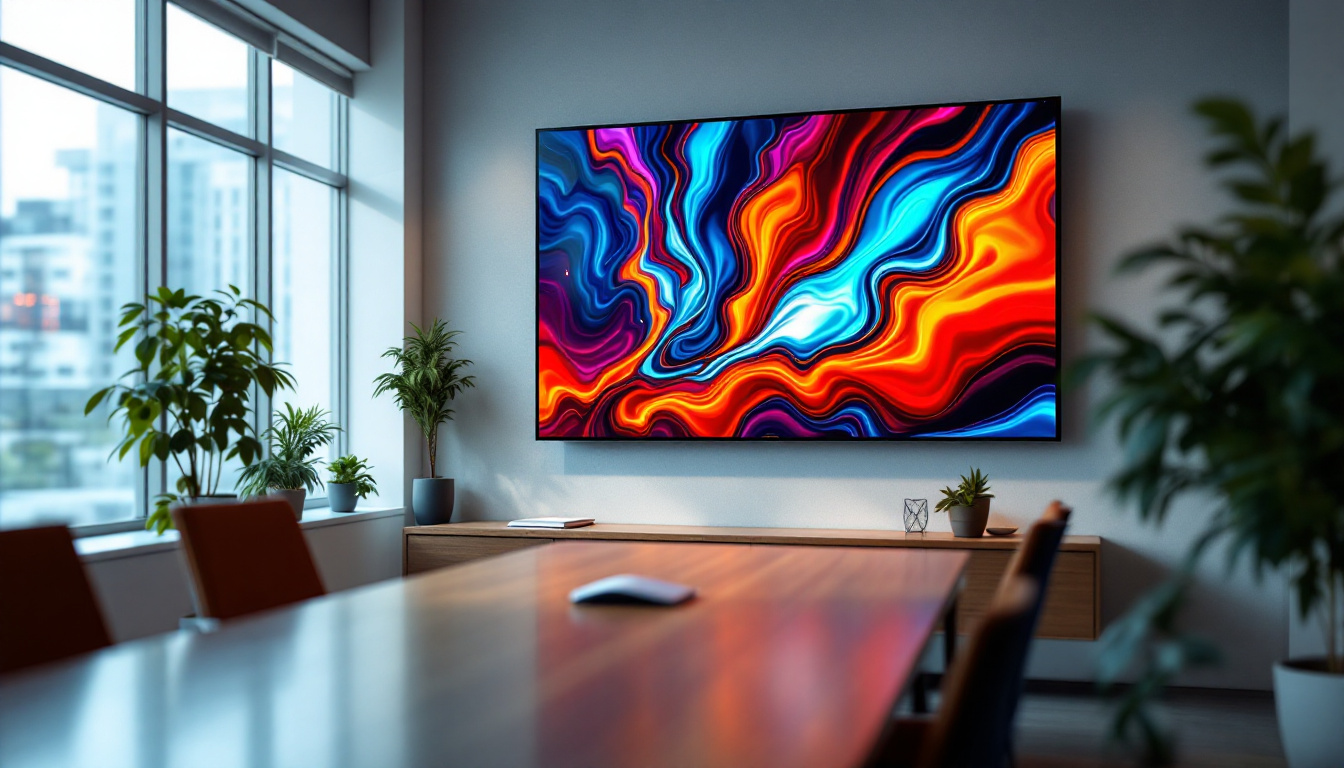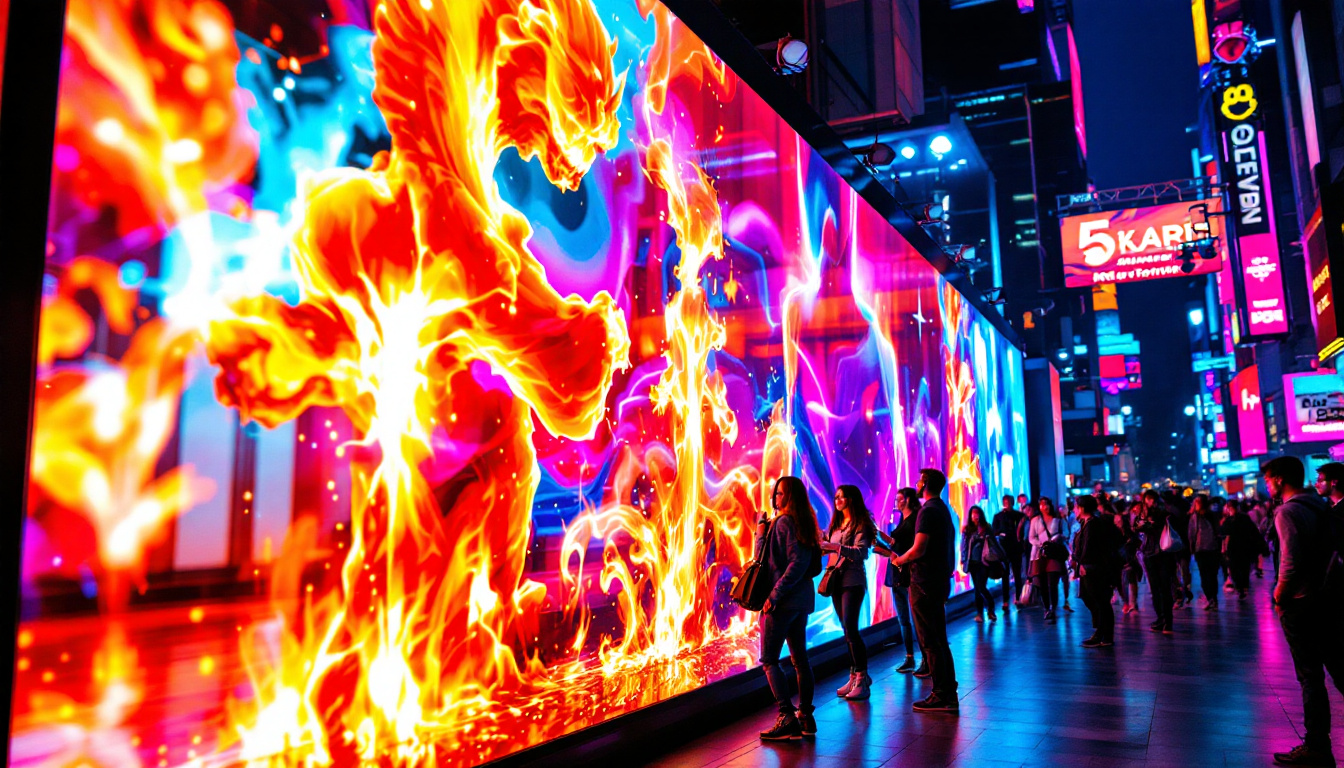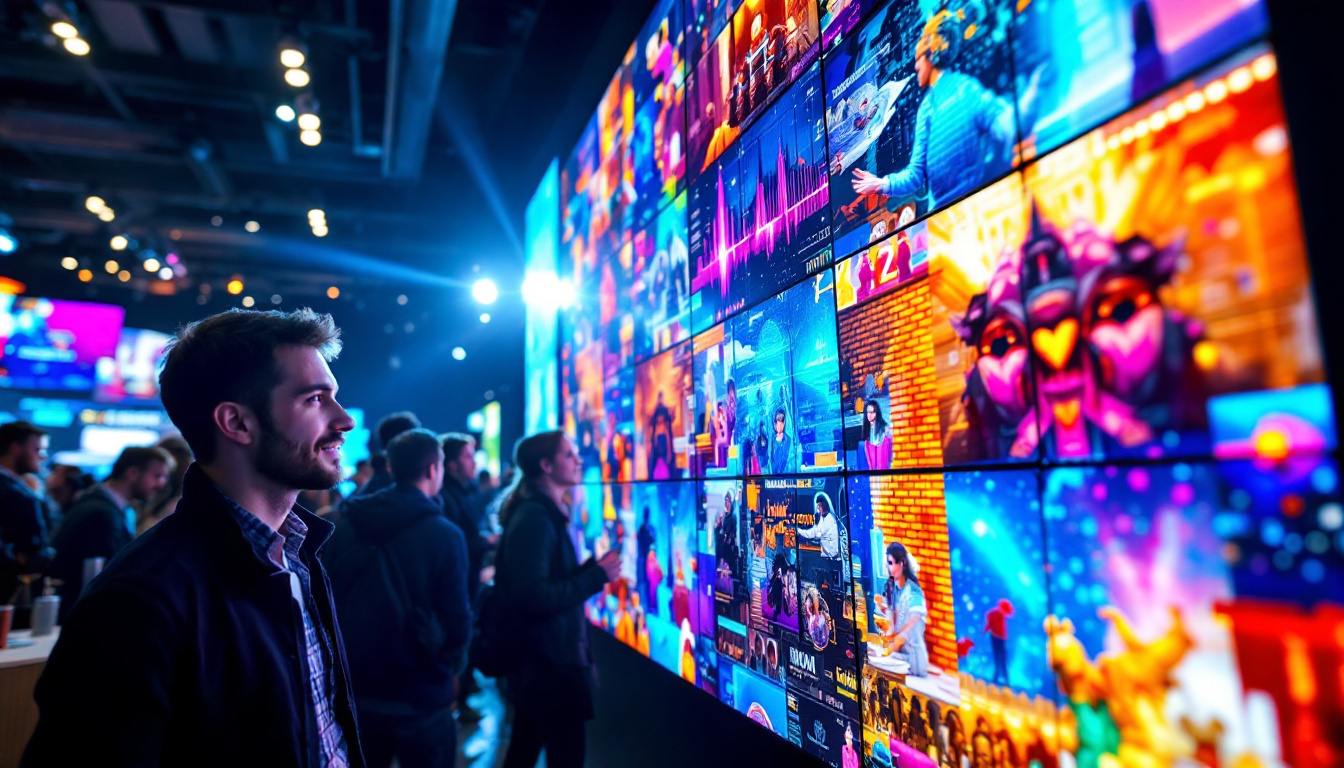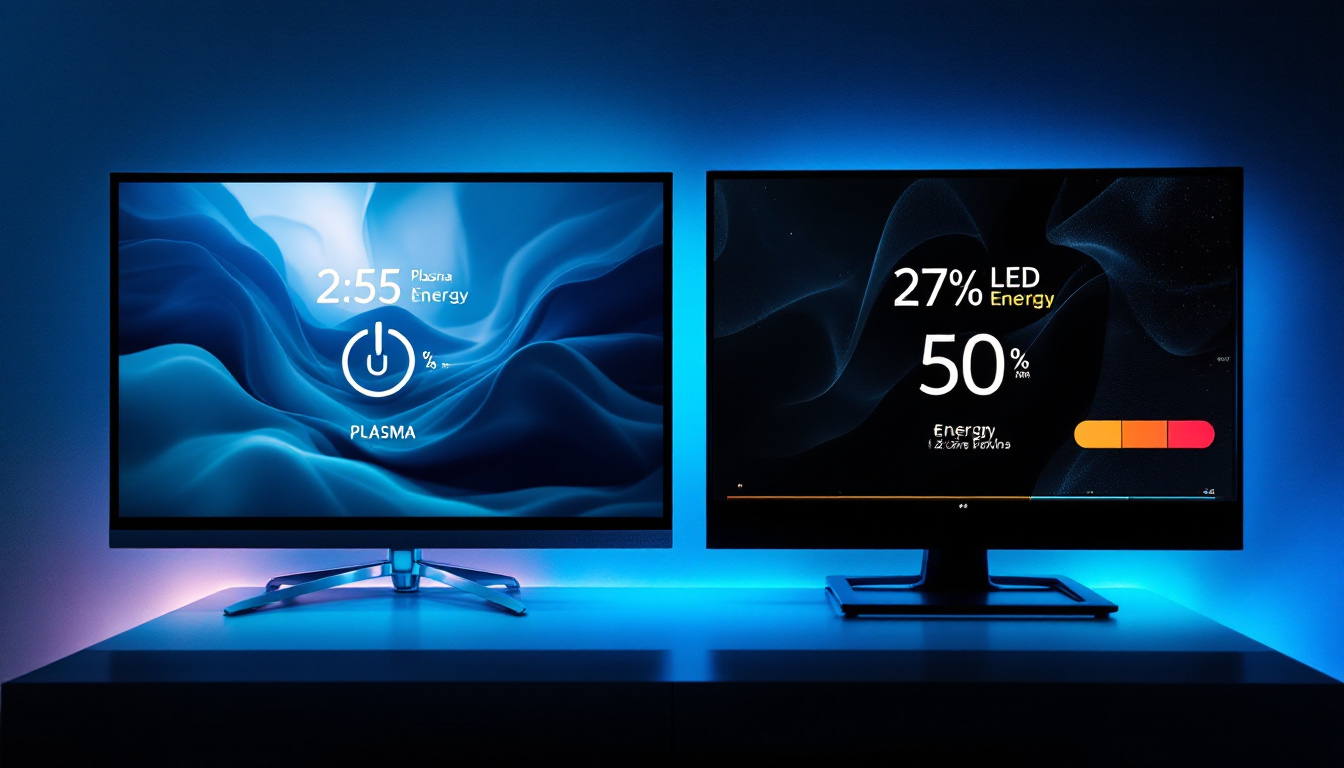Interactive TV Series: LED Display Explained
The evolution of television has brought forth a new era of interactive experiences, particularly through the use of LED displays. These displays have transformed the way audiences engage with content, allowing for a more immersive and dynamic viewing experience. This article delves into the mechanics of LED technology, its application in interactive TV series, and the future of viewer engagement.
Understanding LED Technology
Light Emitting Diodes (LEDs) are semiconductor devices that emit light when an electric current passes through them. This technology has become the backbone of modern displays, providing vibrant colors, high brightness, and energy efficiency. The versatility of LED technology has made it a popular choice for various applications, including televisions, advertising billboards, and interactive installations. Beyond these common uses, LEDs are also finding their way into innovative areas such as horticulture, where they are used to optimize plant growth by providing specific light wavelengths that enhance photosynthesis. This adaptability showcases the potential of LED technology to revolutionize not only visual displays but also agricultural practices.
How LEDs Work
LEDs function by electroluminescence, a process where electrons recombine with holes within the device, releasing energy in the form of photons. This results in the light that we see. The color of the emitted light depends on the materials used in the semiconductor. By combining different colors of LEDs, manufacturers can create full-color displays that are visually stunning. The engineering behind the semiconductor materials is intricate; for instance, gallium nitride (GaN) is often used for blue and ultraviolet LEDs, while indium gallium nitride (InGaN) is employed for green and yellow LEDs. This precise engineering allows for a broad spectrum of colors and has led to the development of white LEDs, which are commonly used in general lighting applications.
In a typical LED display, thousands of individual LEDs are arranged in a grid. Each pixel on the screen is made up of multiple LEDs, allowing for a wide range of colors and brightness levels. This pixel density is crucial for achieving high-resolution images, which is essential for an engaging viewing experience. Moreover, advancements in technology have led to the emergence of MicroLED and MiniLED displays, which utilize even smaller LED components for enhanced resolution and contrast. These innovations are pushing the boundaries of display technology, promising sharper images and more immersive experiences for viewers.
Advantages of LED Displays
LED displays offer numerous advantages over traditional display technologies, such as LCD or plasma screens. One of the most significant benefits is their superior brightness. LEDs can produce brighter images, making them ideal for use in well-lit environments. Additionally, LED displays are thinner and lighter than their counterparts, allowing for more flexible design options. This has led to their widespread use in various settings, from large-scale outdoor advertising to sleek indoor installations that blend seamlessly with modern architecture.
Energy efficiency is another critical advantage. LED displays consume less power, which not only reduces operating costs but also has a positive impact on the environment. Furthermore, the longevity of LEDs means that they have a longer lifespan, reducing the need for frequent replacements. This durability is particularly beneficial in commercial settings, where downtime can be costly. Additionally, the low heat emission of LEDs contributes to their efficiency, as it reduces the need for extensive cooling systems, further enhancing their appeal in both residential and industrial applications. As technology continues to evolve, the integration of smart features with LED displays is also on the rise, allowing for enhanced interactivity and connectivity that meets the demands of modern consumers.
The Rise of Interactive TV Series
Interactive TV series have gained popularity in recent years, offering viewers the chance to engage with content in ways that were previously unimaginable. This trend has been fueled by advancements in technology, particularly in the realm of LED displays, which enhance the interactive experience.
What Makes a TV Series Interactive?
An interactive TV series allows viewers to make choices that influence the storyline, character development, and even the ending. This level of engagement transforms passive viewers into active participants, creating a unique viewing experience. The integration of LED displays plays a crucial role in facilitating this interactivity, providing vibrant visuals that respond to viewer choices.
For instance, a viewer might be presented with multiple options during a critical scene, and their selection could lead to different outcomes. The seamless integration of LED technology ensures that these choices are visually represented in real-time, enhancing the overall experience. This capability not only captivates the audience but also encourages them to rewatch the series to explore alternative storylines, thereby increasing viewer retention and engagement.
Case Studies of Successful Interactive Series
Several interactive TV series have successfully utilized LED displays to create engaging content. One notable example is “Black Mirror: Bandersnatch,” which allows viewers to make decisions for the main character, leading to multiple possible endings. The use of high-quality LED visuals enhances the immersive experience, drawing viewers deeper into the narrative.
Another example is “You vs. Wild,” featuring Bear Grylls, where viewers can choose the path that Grylls takes during his adventures. The stunning visuals provided by LED technology not only captivate the audience but also make the interactive elements more impactful. This series showcases how interactivity can be woven into the fabric of reality television, blurring the lines between scripted content and real-life decision-making.
Moreover, the success of interactive series has inspired a wave of innovation in storytelling techniques. Creators are now experimenting with different genres, from horror to comedy, to see how interactivity can enhance the viewer’s emotional connection to the narrative. For example, the horror series “Fear Street” has incorporated interactive elements that allow viewers to make choices that affect not only the characters’ fates but also the atmosphere and tension of the scenes. This approach not only keeps audiences on the edge of their seats but also invites them to explore the psychological aspects of their decisions, making the viewing experience even more profound.
How LED Displays Enhance Viewer Engagement
LED displays are not just about delivering high-quality visuals; they also play a significant role in enhancing viewer engagement. The combination of interactivity and stunning visuals creates a multisensory experience that captivates audiences.
Visual Storytelling
Visual storytelling is a powerful tool in interactive TV series. The use of LED displays allows for dynamic visual narratives that can change based on viewer choices. This adaptability keeps audiences engaged, as they are constantly presented with new visuals that reflect their decisions.
Moreover, the ability to display high-resolution graphics and animations enhances the storytelling process. Viewers are not only following a narrative; they are experiencing it in a visually rich environment that responds to their inputs.
Real-Time Feedback and Interaction
One of the most exciting aspects of interactive TV series is the real-time feedback mechanism. LED displays can instantly reflect viewer choices, providing immediate visual cues that enhance the interactive experience. For example, when a viewer makes a selection, the display can change colors, animations, or even the layout of the scene to reflect that choice.
This real-time interaction fosters a sense of agency among viewers, making them feel more connected to the content. The immediacy of the feedback keeps the audience engaged and encourages them to explore different pathways within the story.
The Future of Interactive TV and LED Technology
The future of interactive TV series looks promising, with advancements in LED technology paving the way for even more immersive experiences. As technology continues to evolve, the possibilities for interactivity and viewer engagement are expanding.
Emerging Trends in LED Displays
One of the emerging trends in LED displays is the development of MicroLED technology. This innovation offers even greater brightness, contrast, and color accuracy, making it ideal for interactive applications. MicroLED displays are also more energy-efficient and have a longer lifespan, which aligns with the growing demand for sustainable technology.
Additionally, advancements in flexible LED displays are opening up new avenues for creative storytelling. These displays can be curved or shaped to fit various environments, allowing for unique and immersive viewing experiences. As interactive TV series continue to evolve, the integration of these advanced displays will likely play a crucial role in shaping the future of content consumption.
Integration with Other Technologies
The integration of LED displays with other emerging technologies, such as augmented reality (AR) and virtual reality (VR), is also on the horizon. These technologies can enhance the interactive experience further, allowing viewers to engage with content in entirely new ways. For instance, AR can overlay digital elements onto the real world, while VR can transport viewers into a fully immersive environment.
As these technologies converge, the potential for interactive TV series will expand exponentially. Viewers may soon find themselves not just watching a story unfold but actively participating in a multi-dimensional narrative that blurs the lines between reality and fiction.
Conclusion
The integration of LED displays in interactive TV series has revolutionized the way audiences engage with content. By providing vibrant visuals and real-time feedback, LED technology enhances the interactive experience, allowing viewers to become active participants in the narrative. As technology continues to evolve, the future of interactive TV looks bright, with endless possibilities for creative storytelling and viewer engagement.
As the industry embraces advancements such as MicroLED and the integration of AR and VR, the potential for immersive experiences will only grow. The journey of interactive television is just beginning, and LED displays will undoubtedly play a pivotal role in shaping its future.
Explore the Future of Interactive TV with LumenMatrix
Ready to elevate your audience’s viewing experience with the cutting-edge LED display technology discussed in this article? LumenMatrix is at the forefront of innovation, offering a wide range of LED display solutions that bring stories to life. From Indoor and Outdoor LED Wall Displays to specialized options like Vehicle, Sports, and Floor LED Displays, our products are designed to captivate and engage. Discover how our Custom, All-in-One, and Transparent LED Displays can transform your visual communication. Check out LumenMatrix LED Display Solutions today and step into the future of interactive storytelling.


